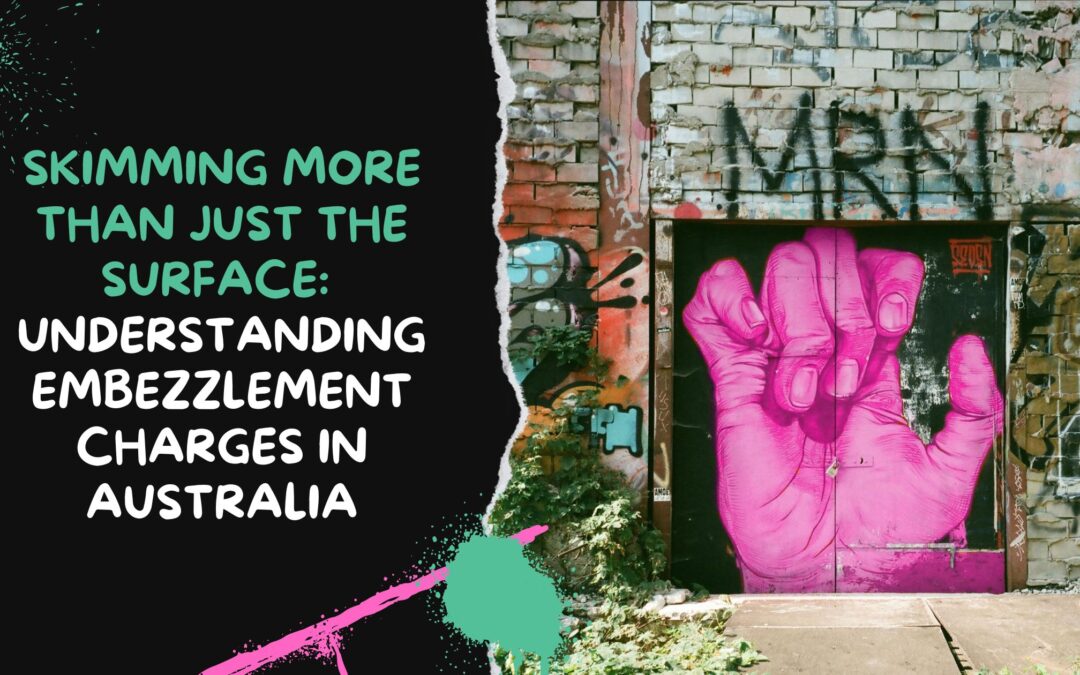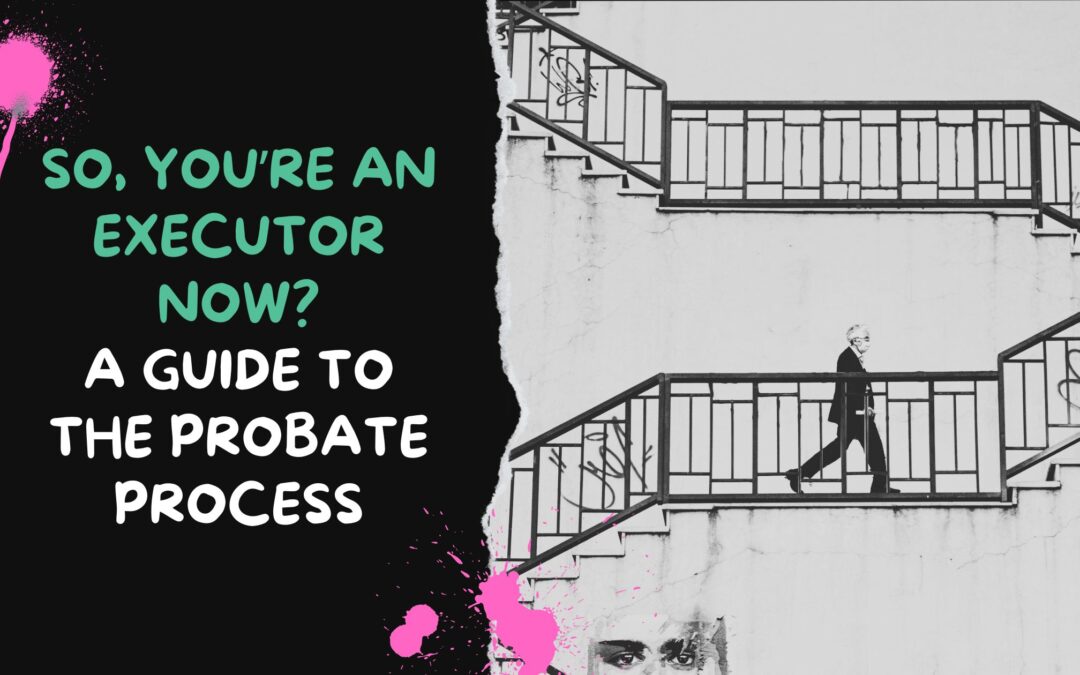Recently, we were engaged by a client who lost a case and was ordered to pay costs to the other side.
Naturally, the other side had been contacting our client seeking the enforcement of their costs against ours, given they had a Court Judgment in their favour. To add to the complexity of the matter, our client terminated their retainer with their former lawyers, and a request for a copy of their files was rejected unless their very large no-win-no-cost bill was paid, even though the client had no obligation to pay it given they lost the case.
So, the client is now faced with a huge bill from the other side, a bill from her former lawyers, nothing to show for the case and no way to even assess whether the bills can be contested, let alone whether an appeal of the actual case is possible. Have you ever found yourself in this situation and thought there was nothing you could do?
Think again…
Costs Orders and Assessment
Unless the Court makes an order for costs on the “indemnity basis” in a “fixed sum”, you are not stuck with the sum proposed by the other side. You can elect to have the costs “assessed”, which is a paper-driven process overseen by the Supreme Court. They will appoint an assessor to analyse all of the invoices the subject of the costs claim, and determine whether the claim is fair and reasonable.
Through this process, you can make submissions based on your own analysis, and question things such as the necessity of the work, the charge rates, the time spent on each item, any duplication from various practitioners, whether it could have been avoided or done better or more efficiently.
When done right, this process typically reduces the costs claimed by 20-40%, but when done exceptionally, it can result in a much greater reduction. It also takes quite a bit of time, which may just give you the breathing room you need to tackle the overall issue.
Negligence
If you feel your lawyer has done a poor job, or after hearing the Judgment delivered by the Court, that perhaps your case should never have been brought, you may be able to pursue them for negligence. The loss and damage you could claim includes not only what you lost in losing the case itself (if you did in fact have a claim but it was run poorly, as opposed to never having a claim at all), but also the costs you are liable to pay the other side.
In our case, there were signs of negligence, including a costs order being made throughout the proceedings against the other side, which was a good starting point. This provided us with an alternate angle to obtain the documents we were after, through preliminary discovery based on the firm withholding them being the potential defendant, rather than just solicitors holding onto documents they created.
A negligence suit can be negotiated privately if done right, or run through the Court, and a judgment obtained. If done successfully, it can provide a complete effective immunity to the costs order (i.e., the “Robin Hood” effect).
So, we go from having no hope and being in lots of debt, to potentially having someone else ay the costs order, obtaining the documents we need and being in a position to potentially appeal the case and do it again properly. Contact us for a free consolation if this sounds like you or someone you know.




